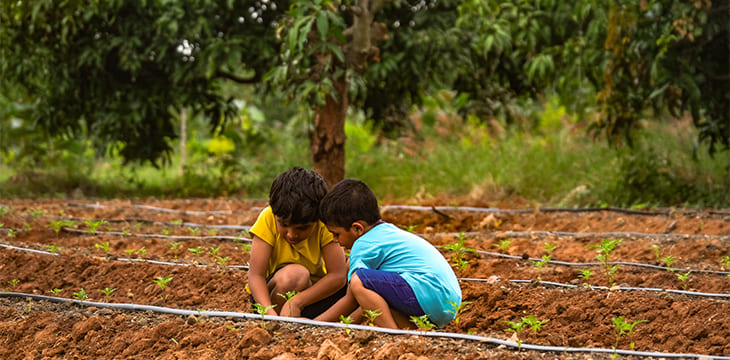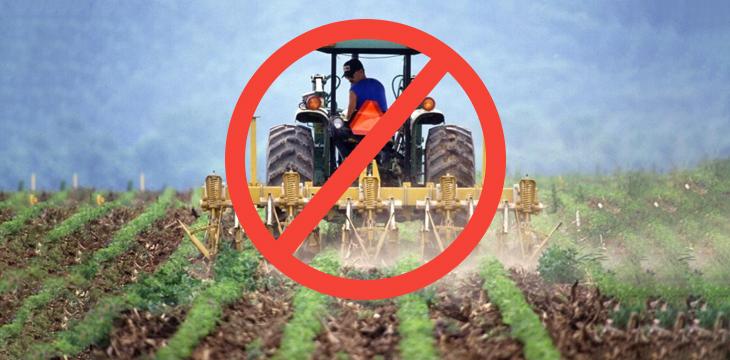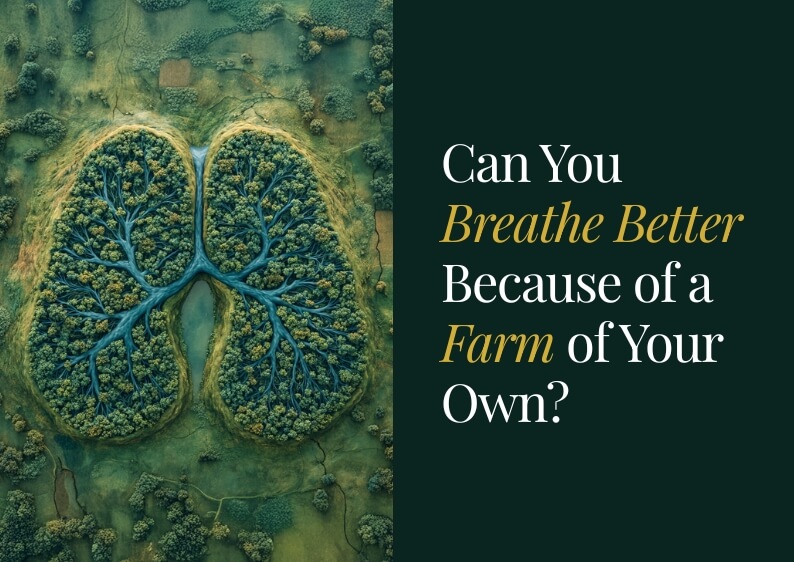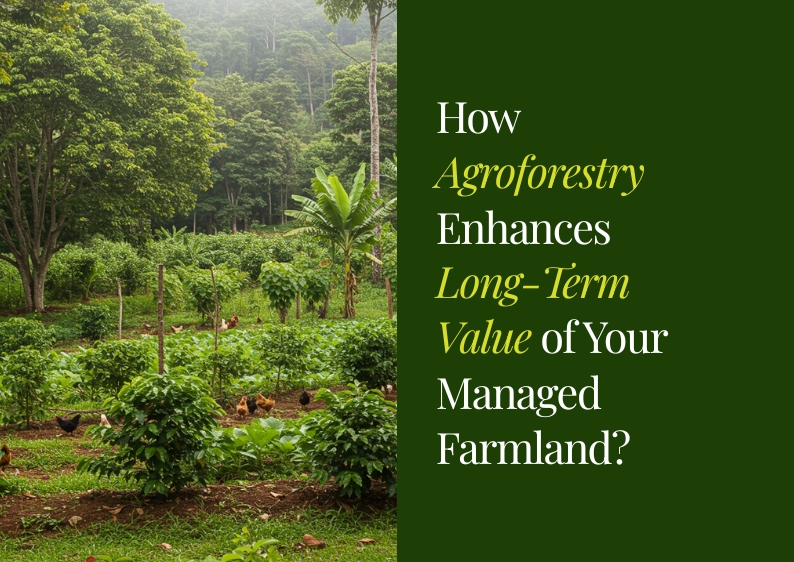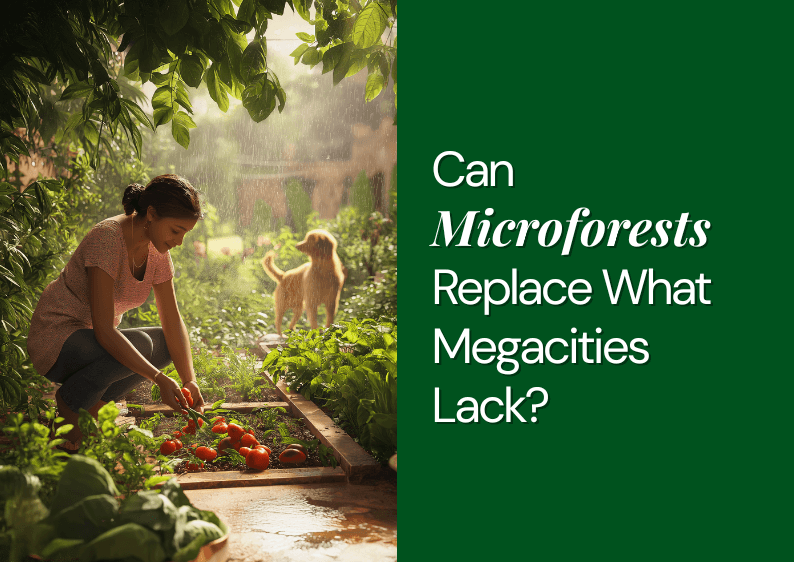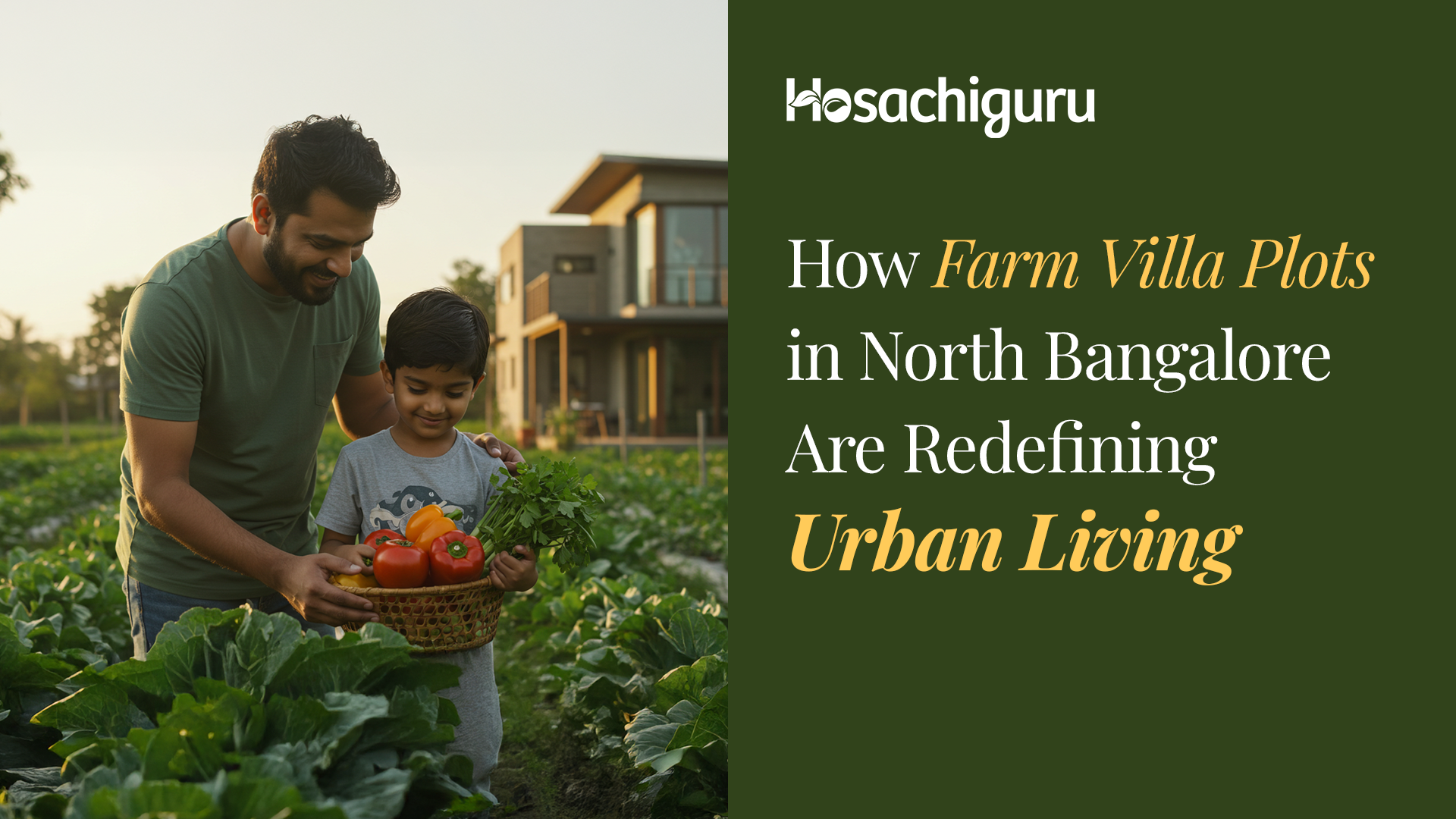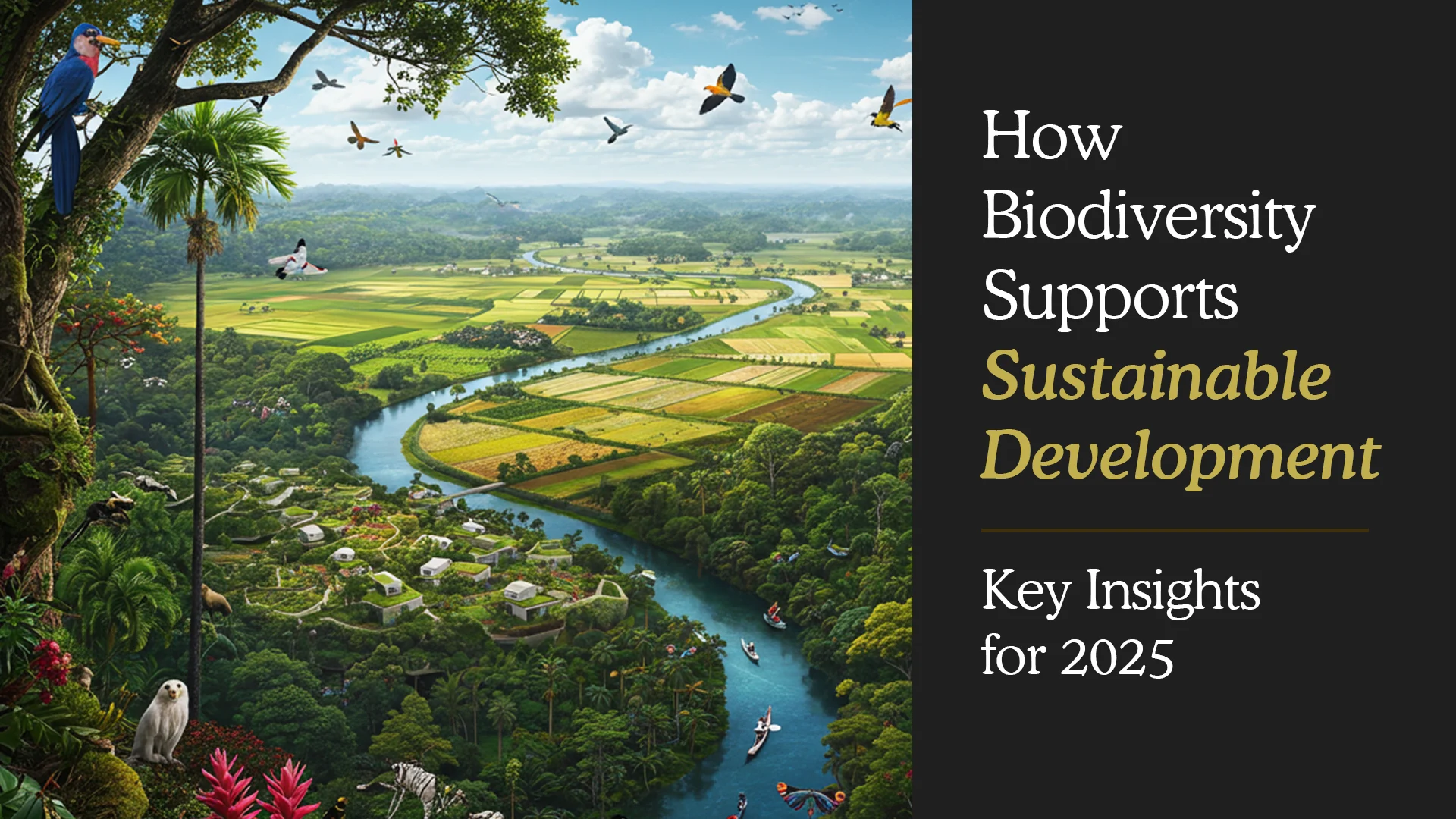July 27, 2020
Wood has been a companion of humans since prehistoric times and has been through the passage of civilisations. In today’s context of ‘Global warming’ an alarming emergency, wood is the most carbon neutral material available. Heartwood is the most important natural and endlessly renewable source of energy and therefore has a major role as an environmentally cost-effective natural resource.
What is HEARTWOOD? Botanically speaking, it is a secondary xylem formed by ageing and death of live cells in a tree – a repository of dead cells which is of immense economic importance. When we look at all major timber species in the world used in the furniture and construction industry we find that the heartwood of these species is the one that has strength, durability and aesthetic value.
A typical woody species has two types of wood; sapwood, which consists of live tissues involved in the conduction of water and minerals to plants and heartwood, dead portion of the wood, responsible for stability and strength to the plant. It is the heartwood that provides valuable timber for our use at a later stage.

So what triggers the formation of heartwood? In one word it’s Stress. When a tree experiences stress with respect to water and nutrients the older cells of the tree die and get deposited in the centre of the stem, taking the shape of heartwood. This heartwood formation phenomenon has provided the agronomy team at Hosachiguru® an opportunity to apply the concept on the teak plantations (King of timber) at our farms. At Hosachiguru ®we apply the concept of rapid initial growth followed by stress induction technology to shorten the harvest age of teak from the natural 40 years to 14 years in scientifically managed plantations – a step towards a greener and self-sufficient tomorrow.



